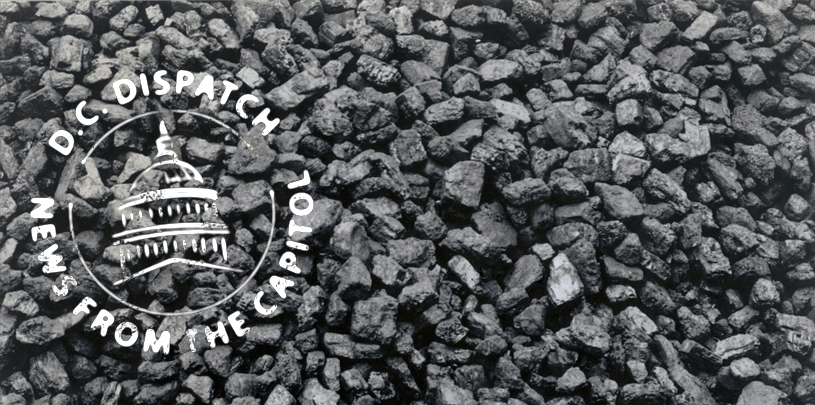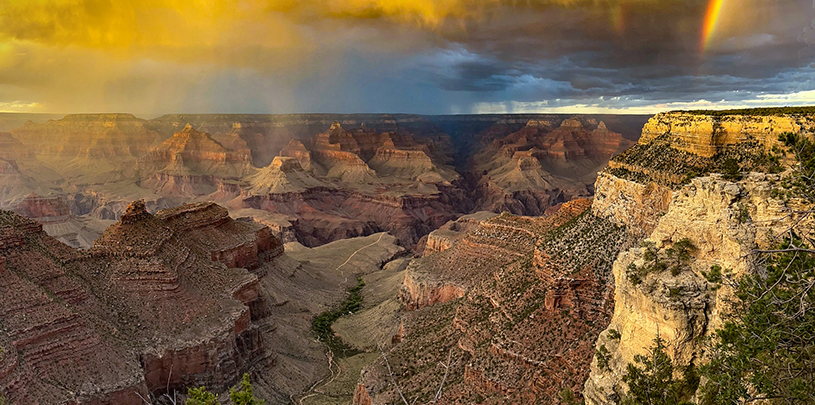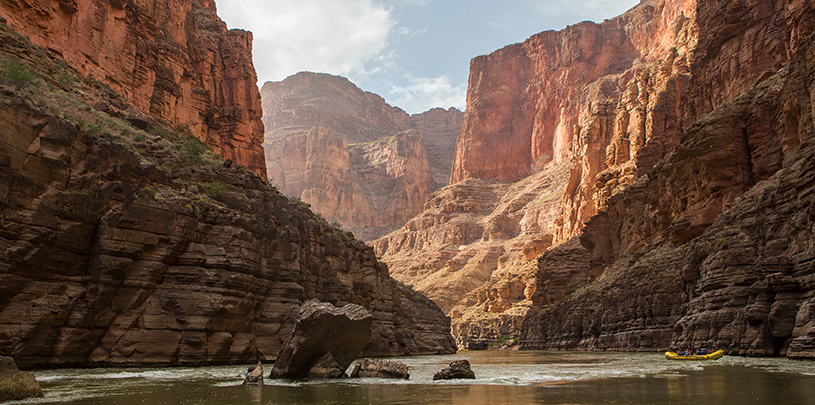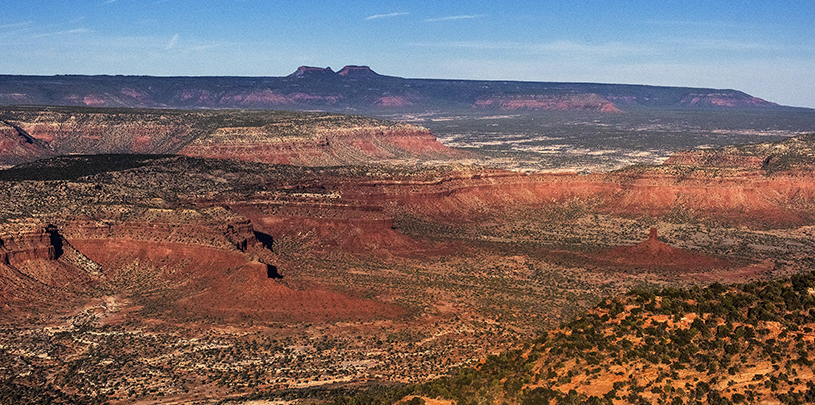
U.S. taxpayers took a big hit this spring, missing out on an estimated $19 million in revenues when the Bureau of Land Management quietly reduced the royalty rate on millions of tons of coal extracted from the SUFCO Mine, on public lands on Utah’s Wasatch Plateau, from the standard 8 percent to just 5 percent.
A raw deal for taxpayers and our public lands
Coal on federal public lands belongs to the American taxpayer, but the royalties coal companies pay to extract it — just 12.5 percent for open-pit mines and 8 percent for underground mines — are a far cry from a fair return for the public, especially given the potential costs of coal pollution. Why? The federal coal-leasing program hasn’t been substantially updated in decades.
In 2016, Interior Secretary Sally Jewell set out to review and modernize the program, issuing Secretarial Order 3338, which temporarily hit pause on new leases so the government could evaluate the true cost of mining coal on federal lands.
But President Trump and Interior Secretary Ryan Zinke ended that pause in 2017, allowing federal coal leasing to chug on without the top-to-bottom review Secretary Jewell had begun.
It’s hard to get a straight read on what exactly the government knows about the true price of mining coal on federal public lands. But fortunately, we have tools to help find out.
Two standard Freedom of Information Act requests
We figured, if Secretary Jewell had called for a pause, there must have been good reasons for it. What did the federal government know about the coal-leasing program’s contributions to climate change or the meager royalties companies pay? And how could that information help us protect public lands on the Colorado Plateau from coal mining? To shed light on those questions, in August 2016, we filed Freedom of Information Act (FOIA) requests with the Department of the Interior and the Bureau of Land Management seeking documents that would help us understand the basis and reasoning for the Jewell order.
FOIA requests are supposed to be processed quickly. Both our requests were placed in the “complex” track, which is “for requests that can be processed in twenty-one to sixty workdays.”
A cozy relationship with industry
For months, our attorneys tried to find out when the requested documents would be released. In April 2017, the Office of the Secretary at the Department of the Interior informed us that letters had been sent to several coal companies inviting them to object to the release of any information they had submitted that they believed to be exempt from disclosure under the FOIA ― for example, confidential business information that they might not wish to disclose to competitors.
After nine months of waiting, the Department of the Interior had released only 222 pages of documents (far fewer than we expected), and the Bureau of Land Management a paltry 12 pages. So in May 2017, we sued to compel the agencies to release the rest. And it worked.
From trickle to flood
Documents began to trickle in from both the Department of the Interior and Bureau of Land Management. By the end of August 2017, over a year after submitting the FOIA requests and four months after filing the lawsuit, 65,353 pages of public records — some partially redacted — had been released. Our attorneys set to work reviewing them, pulling back the curtain on what the government knows about the federal coal-leasing program.
Some of the most interesting finds include information detailing artificially low royalty rates, the climate change impacts caused by leasing federally controlled coal, and the extent to which U.S. coal must be exported to foreign markets to ensure economic viability. This information is helping to inform the Trust’s advocacy against the approval of coal leases and mine expansions on federal public lands.
Two more coal lawsuits underway
This FOIA lawsuit was a small victory in a larger effort to protect our public lands, and the air, water, wildlife, and people who depend on them, from coal mining, one mine at a time. The Grand Canyon Trust is currently active in two lawsuits involving the federal coal-leasing program. One case, in federal court in Utah, is challenging the government’s approval of a lease expansion called Flat Canyon, at the Skyline Coal Mine, on the Wasatch Plateau, which we believe violated the National Environmental Policy Act. A second, similar case is pending before the Interior Board of Land Appeals, challenging a lease expansion, called Greens Hollow, at, you guessed it, the SUFCO coal mine.
The federal coal-leasing program is a bad deal for taxpayers and for our public lands, but, in Utah, we haven’t seen the end of it. Just last month, a federal judge overturned Oakland’s ban on the shipment of coal through the city’s “bulk material facilities,” potentially clearing the way for an export terminal that could send coal from Utah’s public lands to Asia. That proposal has included a bizarre game of fund-shuffling in order to finance the terminal with $53 million of Utah public monies that are supposed to be spent in Utah’s communities — not to promote more coal mining, but to offset its burdens.
Nevertheless, with two federal coal-leasing program lawsuits still pending, we’re celebrating this small win, and we’re thankful that the Freedom of Information Act provides a way to get information we need to better advocate for our public lands.




